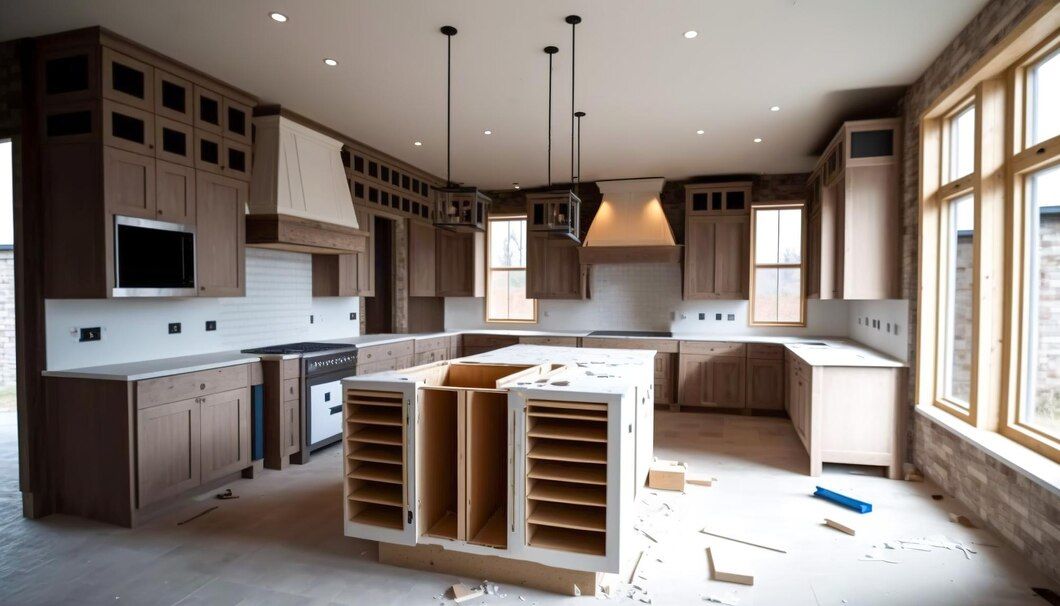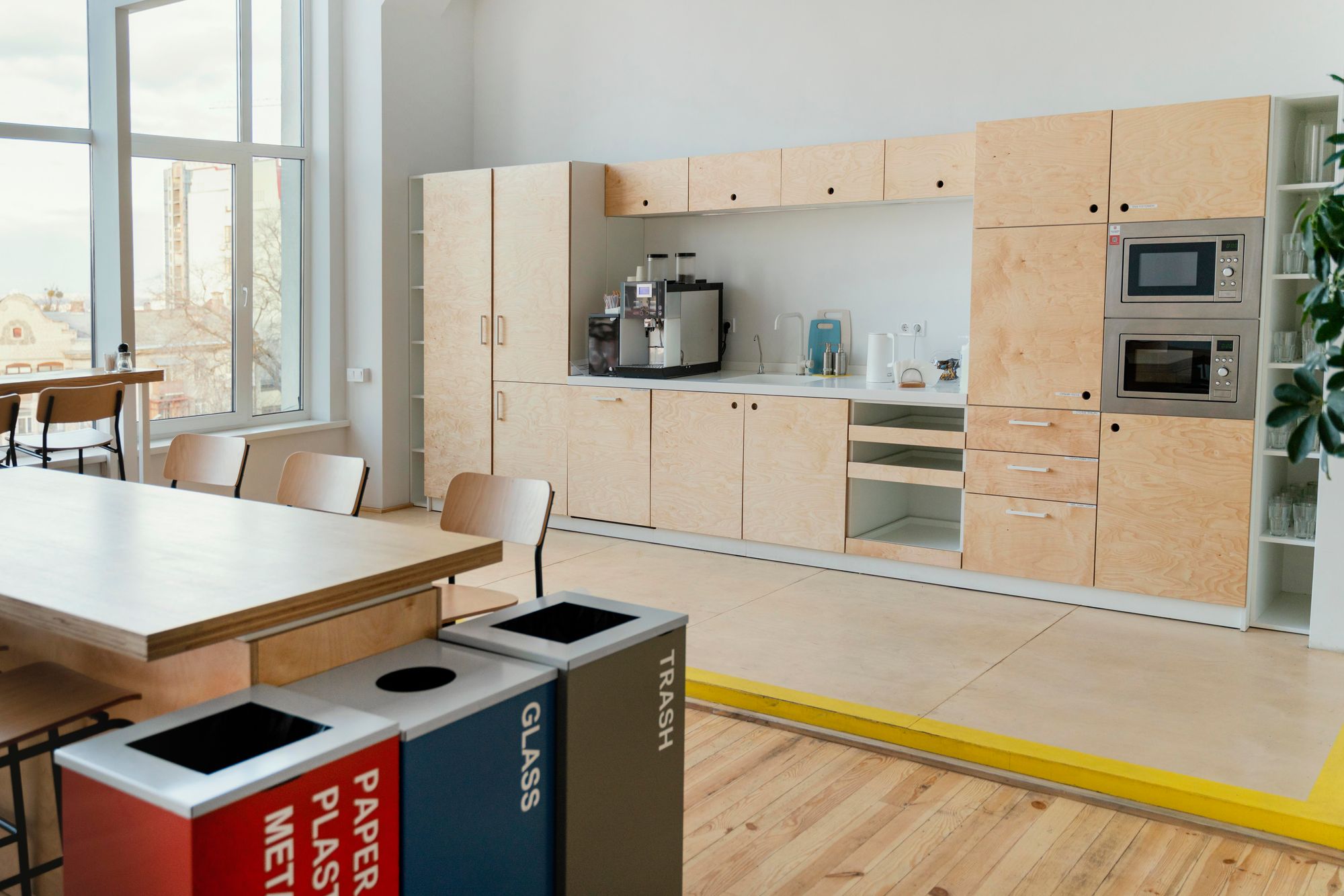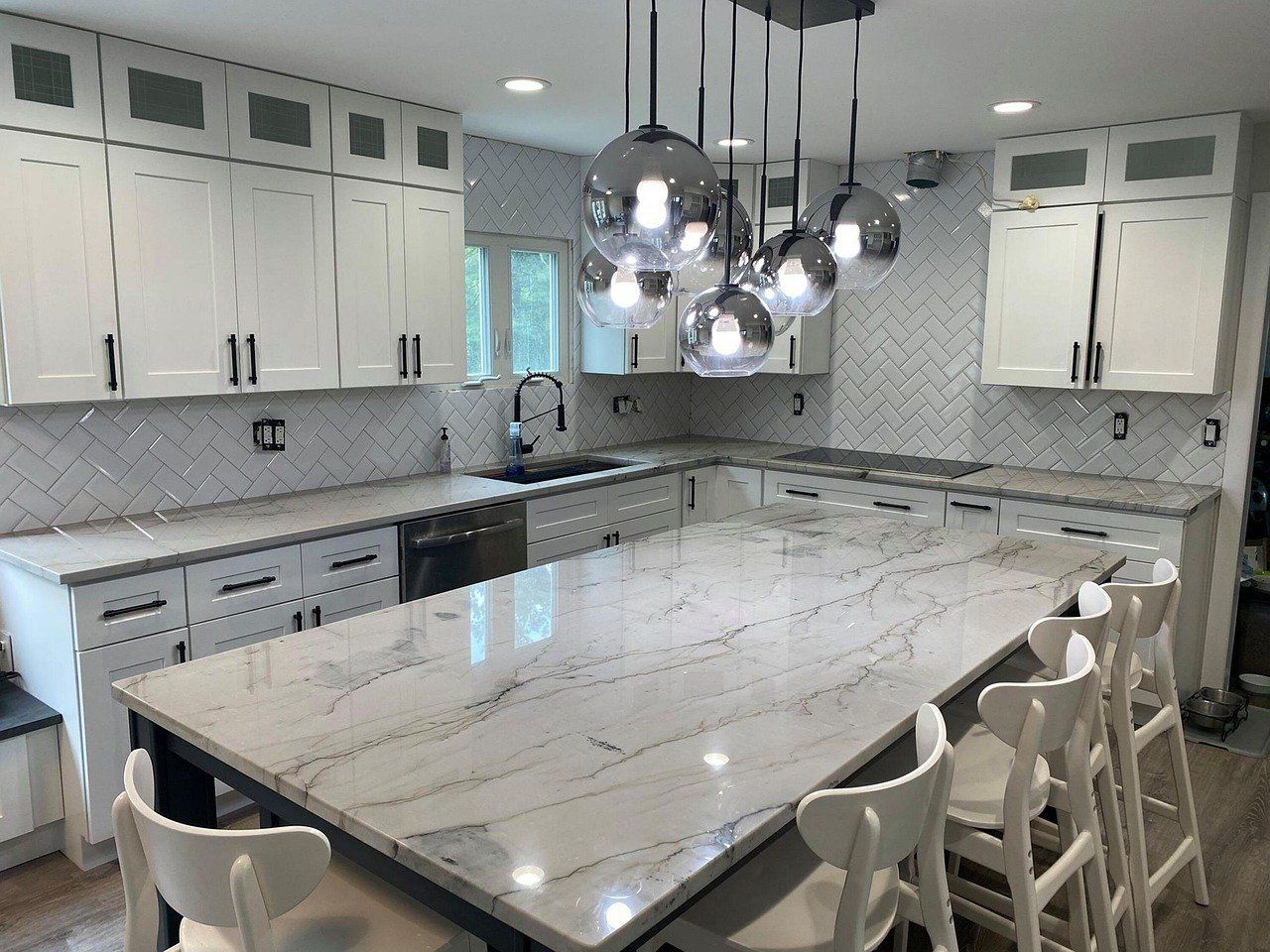Embarking on a kitchen redesign is an exciting adventure filled with endless possibilities. It's not just about updating the look; it's about enhancing the functionality, increasing the value of your home, and creating a space that truly reflects your lifestyle and taste.
Whether you’re a seasoned home chef or a casual cook, a well-planned kitchen redesign can transform your space into a culinary haven that's both efficient and inviting.
This comprehensive guide will walk you through key considerations and steps to ensure your kitchen redesign journey is a successful and enjoyable one. Let's dive into the world of kitchen transformations!
Ascertain What You Wish to Achieve With Your Renovation
The first step in a successful kitchen redesign is to clearly define what you want to achieve. This goes beyond mere aesthetics; it's about how you want your kitchen to function. Whether you want to create more storage space, add an island, or open up the kitchen to the rest of your home, your goals will guide every decision in the redesign process.
A kitchen redesign is also an opportunity to infuse your personal style into the heart of your home. From modern and minimalist to rustic and cozy, the design possibilities are endless.
But remember, a kitchen redesign should also consider lifestyle needs. If you love to cook and entertain, your kitchen should reflect that. If you have a busy family, think about durability and easy maintenance. By defining your goals upfront, you can ensure a kitchen redesign that's well-suited to your needs and preferences.
Do Your Research
Before diving headfirst into your kitchen redesign, it's crucial to do your homework. Research is vital to avoid costly mistakes and ensure you get the most out of your investment. Start by exploring design ideas online, in magazines, and by visiting showrooms. This will give you a sense of what's possible and help you define your style.
Understanding the latest kitchen trends can add value to your redesign. From smart appliances to sustainable materials, staying on top of trends ensures a modern, future-proof kitchen.
Equally important is the investigation of materials. Different materials have different costs, durability, and maintenance requirements, so it's important to select ones that align with your needs and budget.
Speaking of budget, researching the cost of kitchen redesign is essential. This will give you a clear idea of what you can achieve with your budget and help prevent any unpleasant financial surprises down the line.

Set a Realistic Budget
Securing a budget for your kitchen redesign is a pivotal step in the process. It establishes boundaries for what can be accomplished and ensures a smooth transition from design ideas to reality. Here's how to set a realistic budget:
Begin by evaluating your financial situation and determining what you can comfortably afford. Remember, it's not about stretching your finances to the limit; it's about achieving your goals within your capacity.
Next, prioritize your needs and wants. If you're an avid cook, investing in high-quality appliances might be a priority. If entertaining is your thing, you may want to allocate more funds to create a spacious layout.
Don't forget to factor in unexpected costs. A rule of thumb is to set aside 10-20% of your budget for unforeseen expenses.
Lastly, get quotes from several professionals to get an accurate picture of cost. This will help you gauge the market rate and ensure your budget is on track.
Remember, a well-planned budget is the foundation of a successful kitchen redesign.
Consider Financing Options
If your dream kitchen redesign exceeds your current savings, there are several financing options available to assist you.
One popular option is a kitchen remodeling loan. These are personal loans specifically designed for home improvement projects. They often have lower interest rates than credit cards and allow you to spread the cost of your remodel over a set term.
Home equity loans or lines of credit are other options. These use the equity you have in your home as collateral, typically offering lower interest rates than personal loans or credit cards. However, it's important to remember that your home is at risk if you can't make the repayments.
Credit cards might be suitable for smaller remodels or for purchasing specific items. Some offer 0% interest for a promotional period, which can be beneficial if you can pay off the balance in that time.
Always do your research and choose a financing option that aligns with your financial circumstances and comfort level. Remember, while a kitchen redesign can enhance your home's value and your quality of life, it should not put undue strain on your finances.

Pick Out New Kitchen Appliances
Choosing new appliances for your kitchen redesign is an exciting stage of the process. It's not just about functionality; appliances also contribute significantly to the overall aesthetic and energy efficiency of your kitchen.
When selecting appliances, consider how they'll integrate with your design. Stainless steel appliances may lend a sleek, modern feel, while retro-style appliances might suit a more vintage look. Always consider size and proportion to ensure they fit seamlessly into your design.
Energy efficiency is another key consideration. Energy Star-rated appliances may have a higher upfront cost, but they can save you money in the long run with lower utility bills. They're also a more eco-friendly choice, reducing your carbon footprint.
Lastly, consider the features and functionality that are important to you. From smart fridges that can order groceries to induction cooktops that heat up in an instant, the right features can elevate your kitchen experience.
Remember, the best appliances for your kitchen will balance style, functionality, and efficiency.
Plan the New Kitchen Layout
Planning your kitchen layout is crucial to optimizing space and enhancing functionality. Consider how you use your kitchen daily and what layout would best serve your needs.
The "work triangle" concept, which positions the sink, refrigerator, and stove in a triangular pattern, is a classic approach for efficient movement. However, in modern kitchens, multiple work zones may be more practical.
Space planning is critical for easy navigation. Ensure there's enough room to move around, with clear pathways between key areas. Also, consider counter space for food prep and storage options for groceries, cookware, and utensils.
Think about the placement of appliances and how they will affect workflow. For example, the dishwasher should ideally be located near the sink for easy loading and unloading.
Lighting is another crucial aspect of your layout. Plan for a mix of task, ambient, and accent lighting to create a functional and inviting space.
Remember, a well-thought-out layout is the backbone of an efficient, enjoyable kitchen.

Consider Several Countertop Materials
Choosing the right countertop material can greatly impact your kitchen's functionality and aesthetic. Here are a few options:
1. Granite
A popular choice for its beauty and durability. Granite resists heat, scratches, and stains. However, it requires sealing to prevent damage and can be costly.
2. Quartz
This engineered stone is nonporous, making it resistant to stains and scratches. It's low-maintenance and available in a wide range of colors. However, it's not as heat-resistant as granite.
3. Laminate
A budget-friendly option, laminate countertops come in a variety of designs. They're easy to clean and maintain, but they're prone to scratches and can't be repaired once damaged.
4. Butcher block
This warm, natural material is perfect for chopping and food prep. But it requires regular sealing and can be damaged by water and heat.
5. Concrete
A stylish, customizable option. It's durable and heat-resistant but needs sealing to prevent stains and cracks.
Consider your budget, use, and style when choosing your countertop material. Each has its pros and cons, but the right one can enhance your kitchen's look and function.
Shop Around for the Right Contractor
Finding the right kitchen remodeling contractor can make all the difference in your project's success. Here are some tips:
1. Research
Start by looking online, asking friends and neighbors, or checking local home improvement stores for recommendations. Read reviews and check out the contractor's portfolio to see their past work.
2. Verify Credentials
Ensure the contractor is licensed, insured, and bonded. Also, check if they're a member of any professional associations like the National Kitchen & Bath Association (NKBA).
3. Get Quotes
Contact several contractors to get estimates. Remember that the cheapest option may not always be the best. Consider the quality of work and materials used.
4. Ask Questions
Ask about their experience, how they handle changes or issues, and if they can provide references.
5. Check References
Contact past clients to ask about their experience. Was the project completed on time and within budget? Were they satisfied with the results?
Choosing a reputable kitchen remodeling contractor is a crucial step in achieving the kitchen of your dreams.
Conclusion
Planning your kitchen layout, considering different countertop materials, and finding the right kitchen remodeling contractor are key steps to a successful kitchen redesign. Remember, the goal is to create a space that not only looks great but also enhances your day-to-day life. Take time to research and plan effectively, always keeping your specific needs and lifestyle at the forefront.
While there are many factors to consider, each decision brings you closer to your ideal kitchen. Approach this process with confidence and excitement. After all, you're not just redesigning a room; you're creating a space where memories will be made. Happy remodeling!






